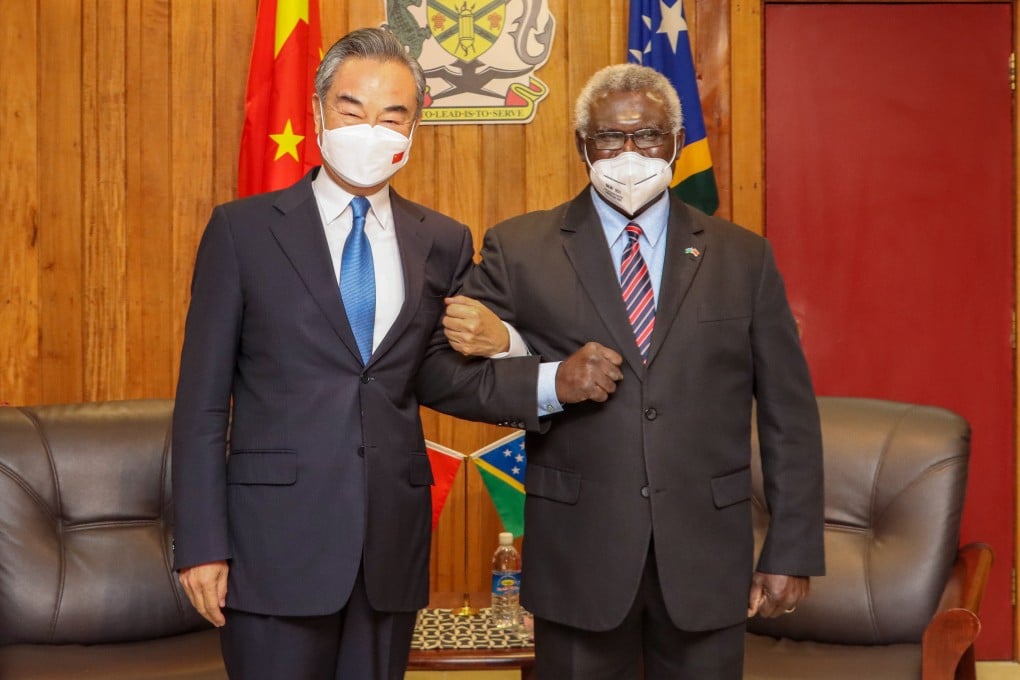China cuts tariffs, cosies up to 16 of world’s poorest nations with US, Australia trade ties strained
- China will cut import tariffs on almost all taxable items shipped from 16 of the world’s poorest countries, including Cambodia, Laos, Djibouti, Rwanda and Togo
- China is still smarting from its four-year-old trade dispute with the US, while ties with Australia declined after Canberra called for a probe into the origin of the coronavirus

China will cut tariffs on almost all taxable items imported from 16 of the world’s poorest countries as a gambit to widen overseas economic relations in the face of trade tensions with its major partners, including the United States and Australia.
The Customs Tariff Commission of the State Council said last week that it will axe tariffs on 98 per cent of taxable products from “least-developed countries”, including Cambodia, Laos, Djibouti, Rwanda and Togo.
The tariff cuts will take effect September 1, covering 8,786 imported items, having first been mentioned in November by President Xi Jinping at the Forum of China-Africa Cooperation.
China Daily added that the cuts will gradually expand to all “least-developed countries” that recognise China diplomatically.
China has always wanted to increase its presence in countries near its borders, particularly in the Southeast Asia region
“China has always wanted to increase its presence in countries near its borders, particularly in the Southeast Asia region,” said Kent Chong, legal partner with professional services firm PwC in Taipei.